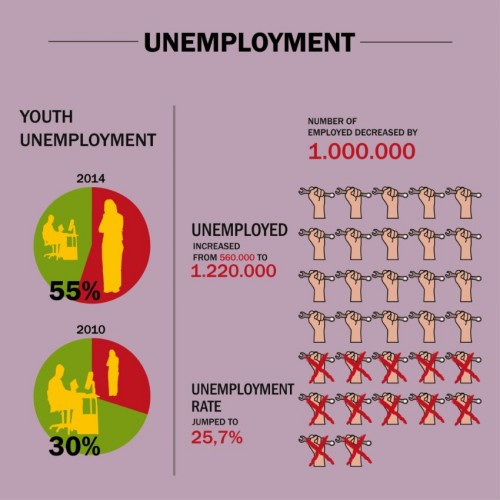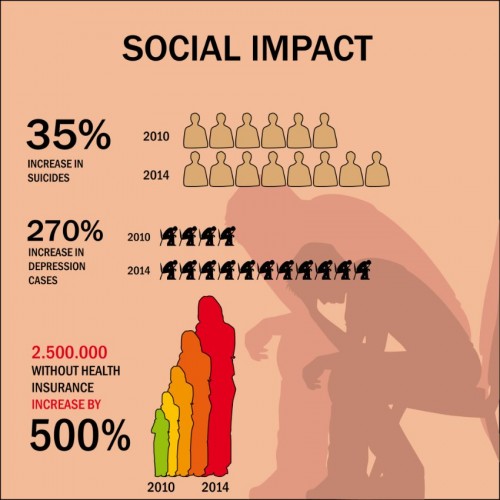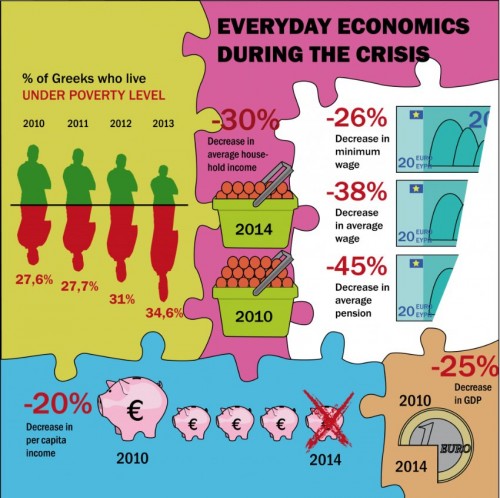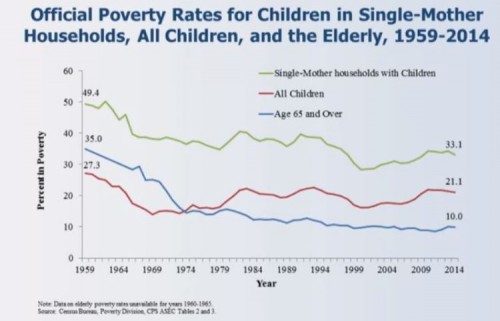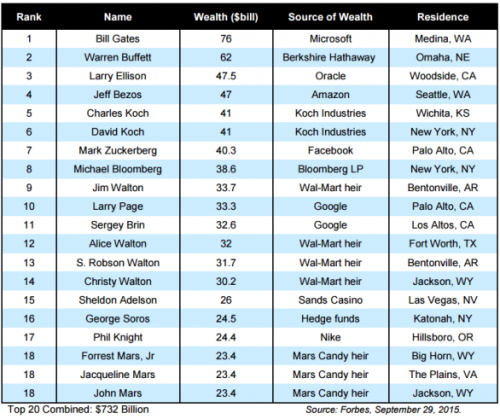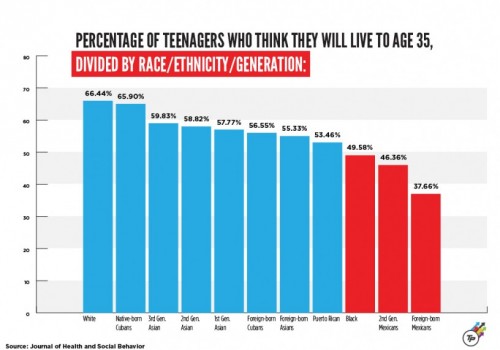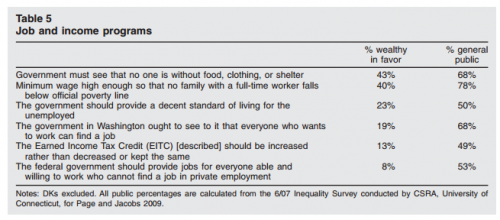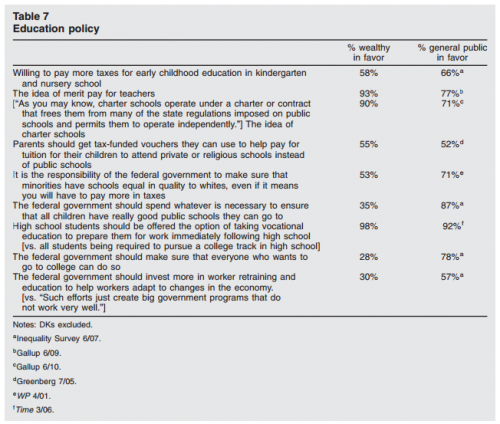 Prior to the 1850s, writes cultural studies scholar Matthew Brower, men in America didn’t hunt. More specifically, they didn’t hunt for leisure. There was a hunting industry that employed professionals who hunted as a full time occupation, and there was a large market for wild animal products, but hunting for fun wasn’t a common pastime.
Prior to the 1850s, writes cultural studies scholar Matthew Brower, men in America didn’t hunt. More specifically, they didn’t hunt for leisure. There was a hunting industry that employed professionals who hunted as a full time occupation, and there was a large market for wild animal products, but hunting for fun wasn’t a common pastime.
This changed in the second half of the 1800s. Americans were increasingly living in cities and being “citified.” Commenters worried that urban life was making men effeminate, effete, overly civilized, domesticated if you will. Cities were a threat to manliness and nature the salve.
Hunting trophies, taxidermied remains of wild animals, served as symbolic proof of one’s “hardiness.” Unlike the animal parts bought at market — whether for food or furs, as feathers on hats, or the then-popular elk tooth watch chain — animals a man killed himself reflected on his skill and character.

As Theodore Roosevelt once put it:
Nothing adds more to a hall or a room than fine antlers when their owner has been shot by the hunter-displayer, but always there is an element of the absurd in a room furnished with trophies of the chase that the displayer has acquired by purchase.
New, elite recreational hunters castigated both lesser men, who purchased animal parts for display, and women who bought them purely for fashion.
This was the origin of the idea that hunting is a contest, as opposed to an occupation or necessity. To paraphrase Brower, a trophy can’t be bought, it must be earned. Thus, the notion of “sportsmanship” as applied to the hunt. If a kill is going to indicate skill, then the hunted must have a “sporting chance.” Thus, recreational hunters developed an etiquette for sportsmanlike hunting, spread through new hunting magazines and periodicals.
Not only did this allow men to claim manly cred, it allowed wealthy men to claim class cred. Brower writes:
Both subsistence and market hunters, the majority of hunters, were placed outside the purview of the sportsman’s code. Those who hunted out of necessity or for profit never could obtain the aesthetic detachment necessary to be considered sportsmen.
In fact, wealthy recreational hunters claimed that only they were “real hunters” and even organized against people who hunted for food and money. For example,
[Roosevelt himself] blamed the decline of game on market hunters, who he argued, had “no excuse of any kind” for the wanton slaughter of animals.
Trophy hunters successfully enacted statutes limiting other types of hunting, so as to preserve game for themselves.
The rarer and larger the animal, the more exquisite the specimen, and the more a man has killed, the better the animals speak to a his manliness and his elite economic and social class. This is perhaps the attraction of international trophy hunting today: the seeking of more exotic and elusive game to bring home and display. And it is perhaps why some people pay $50,000 to travel across the world, kill a lion, cut off its head, then post it on Facebook.
Photo from Wikimedia Commons.
Lisa Wade, PhD is an Associate Professor at Tulane University. She is the author of American Hookup, a book about college sexual culture; a textbook about gender; and a forthcoming introductory text: Terrible Magnificent Sociology. You can follow her on Twitter and Instagram.

